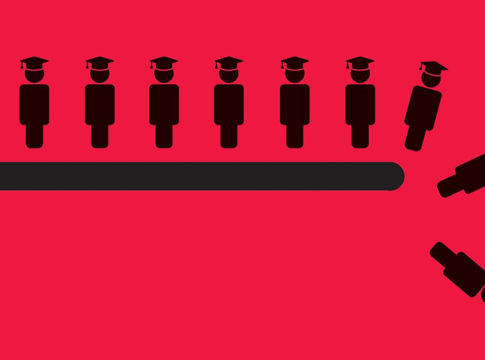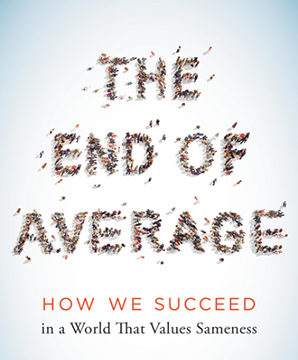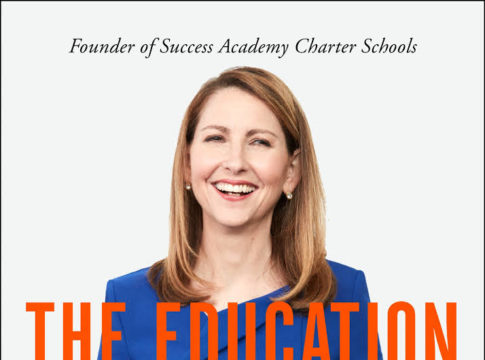 Inside the Black Box of Classroom Practice: Change Without Reform in American Education
Inside the Black Box of Classroom Practice: Change Without Reform in American Education
By Larry Cuban
Harvard Education Press, 2013, $29.95; 243 pages.
Reviewed by Mark Bauerlein
One of the abiding features of education reform in the United States, including the continuing saga of Common Core, is an unfortunate reality Larry Cuban addresses in his latest book (his sixth since 2009). It is the vast, multilayered distance from one end of a reform effort to the other. At the beginning, we find governors and mayors, foundations and advocacy groups that propose changes in funding, governance, and curriculum. At the end lies what actually transpires in classrooms: the things students study, the assignments they complete, where they sit and the teacher stands, and other factors that make up on-the-ground instruction. In between, a complex and unreliable process of policy formulation, adoption, and implementation unfolds. An idea arises, say, digital learning, that attracts researchers and educators, then thrills a politician and a donor, which then yields a 1:1 laptop program, which calls for the purchase of hardware, software, and curricular materials, which requires training for teachers and a support team of tech experts…before the crucial engagement of teacher, student, and laptop happens in class.
Cuban monitored one such initiative in a Bay Area high school during 1998–99 and 2008–10. Charting the history of the school, conducting interviews, and observing classes, Cuban found that
• in both periods, student and faculty populations changed significantly, drawing energy away from technology matters
• test scores fell below state and national averages, pressuring staff to orient instruction to test-taking skills (California put the school on probation in 2004.)
• the 1990s principal spearheading the initiative left just as it was blossoming (The school had four different principals from 1998 to 2010.)
• teachers themselves varied in their commitment, some using technology all the time, others sparingly
• every year, costs of maintaining equipment went up, while funding was inconsistent.
The fits and starts explain one conclusion Cuban submitted to the school: “Connections between student achievement and teacher and student use of laptops are, at best, indirect and, at worst, nonexistent.” The idea was sound (digital technology can enhance learning), initial funding was generous (federal and state grants, Silicon Valley donors), and school leaders were enthusiastic. But when the technology finally made it to the classroom, integration was an inconsistent activity. Even when teachers adopted the tools, they largely maintained customary pedagogical styles.
The case illustrates Cuban’s subtitle, “Change Without Reform.” Big ideas and well-backed programs end up affecting instruction barely at all, particularly the teacher-centered approach, which Cuban singles out as especially hard to dislodge (though he holds back from insisting on child-centered tactics as clearly superior). Reforms are debated in public and argued at length by researchers, commentators, and stakeholders, but those that win adoption run through so many distorting and deflecting circumstances that the critical party and setting, teachers in classrooms, may or may not embrace the changes. Not only that, but we don’t even know whether they do or not. As Cuban remarks of recent changes in science curricula, “these curricular frameworks will have only a passing similarity to the science content and skills that teachers will teach once they close their classroom doors.”
Several reforms have tried to get inside the “black box” of the classroom and influence teaching practices, for instance, tying teacher evaluations to test scores as a way to weed out the least-able educators. But, Cuban recalls, since the 1920s researchers have attempted to make teaching “rational and predictable,” enumerating behaviors and objectives with the goal of grounding pedagogy in hard science. One vision from 1920 identified 160 attributes. Unsurprisingly, most efforts collapsed precisely because of all the irregular factors of each classroom (course content, student demographics, teacher beliefs, etc.), not to mention the general “unpredictability of classroom life.” In each case, teachers largely ignored those initiatives, with the exception of standardized test-score accountability, which tended only to intensify existing teaching practices, not transform them.
If teaching practice is so resistant to reform, then “What Should Be Done?” That is the question, but Cuban doesn’t pose it until announcing it in a subheading on page 178, nine pages before the end of the book. After clarifying the black-box problem, the book meanders through changes in physicians’ practice, various failed 20th-century teaching proposals, and 21st-century distance learning, most of which one way or another demonstrate the impenetrability of the classroom. But all we end up with as an answer is a few pages on approaches that might do better: one, parent groups compelling decisionmakers to ease up on test-based accountability for teachers and students; and two, teachers “working collectively…to improve their content knowledge and teaching skills.” The first might slow an accountability process that just doesn’t work very well, Cuban maintains, while the second might break up the isolation of teachers, which is the root condition of the black-box classroom. Cuban cites some cases of collaborative professional development that produced gains in scattered schools, but acknowledges that sustained evidence “has yet to emerge clearly.” He replies candidly to the question of whether the creation of team-oriented “cultures of learning” will advance academic outcomes with, “I hope so—but in all honesty, I do not know.”
A disappointing recommendation, but we should interpret that admission generously. The argument of Inside the Black Box suggests that any stronger demand for causal evidence overlooks the complex, variable nature of teaching. After all, Cuban concludes, changes in governance, school size, curriculum, and organization “have had few effects on classroom practices and, consequently, students’ academic outcomes.” If an activity involves “unrationalizable” ingredients—hard-to-control components such as teacher personality and parental influence—changes in elements outside it will have precisely the impact we’ve seen so many times: progress in some places, decline in others; enthusiasm among these teachers, no reaction among those; and unintended consequences. Of course, that conclusion doesn’t satisfy education leaders and problem-solving politicians, but it may be that trying to objectify, predict, and control teaching too much, to make instruction “teacher-proof,” is but a lesser form of social engineering, a costly but futile, or at least ineffective, effort to eliminate the capricious human element from an all-too-human and often mysterious encounter.
Mark Bauerlein is professor of English at Emory University.
This article appeared in the Winter 2014 issue of Education Next. Suggested citation format:
Bauerlein, M. (2014). The Impenetrable Classroom: Despite decades of school reforms, teaching practice remains the same. Education Next, 14(1), 89-90.





